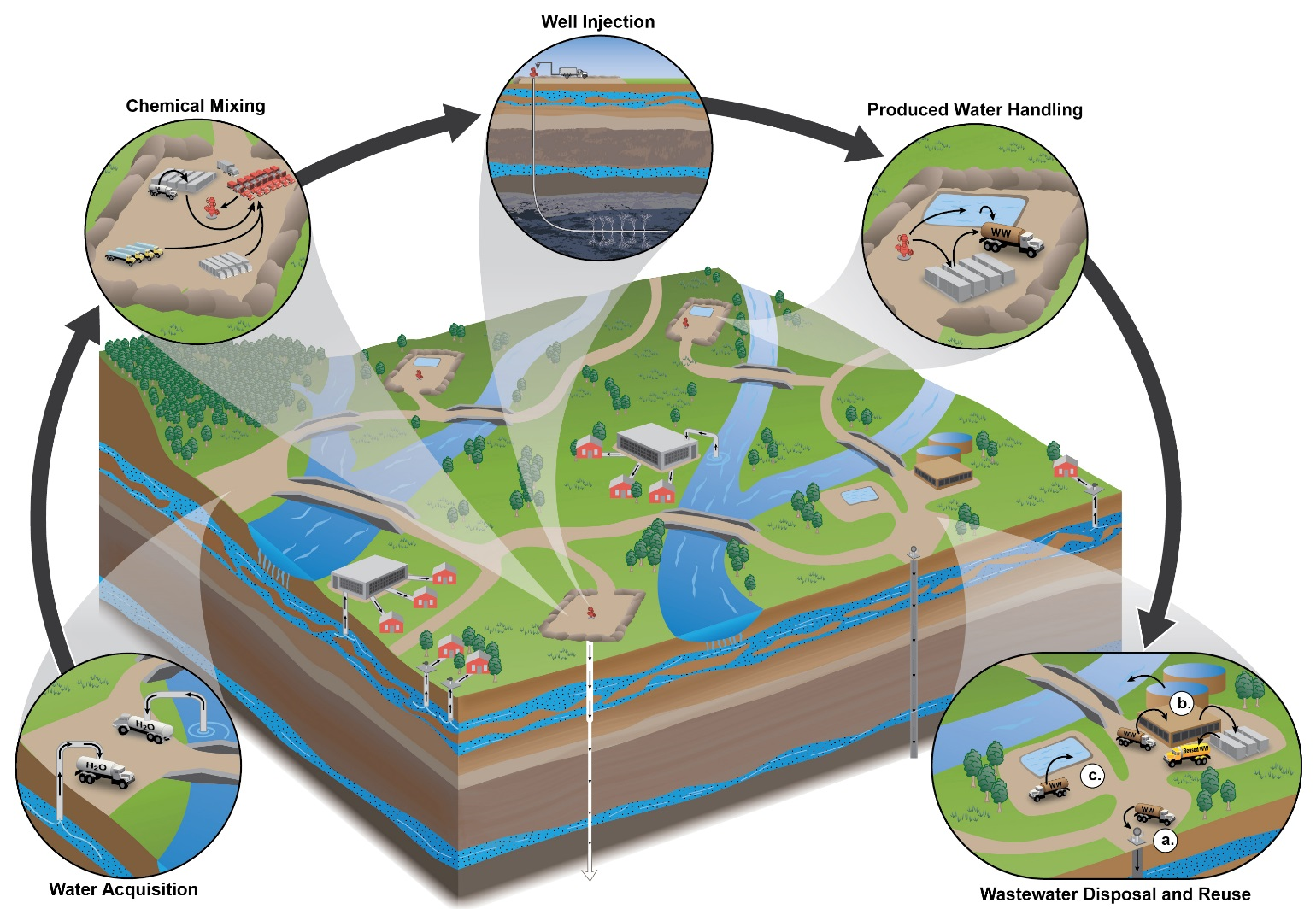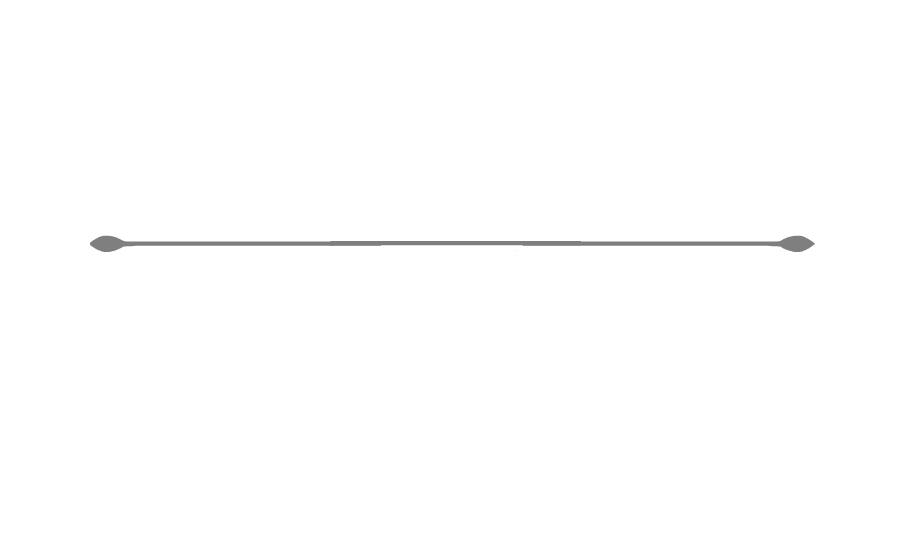Office of Environmental
Protection
Water Quality

The water cycle, also known as the hydrologic cycle or H20 cycle, describes the continuoues movement of water on, above and below the surface of the Earth. Water can change states among liquid, vapour, and ice at various places in the water cycle. Although the balance of water on Earth remains fairly constant over time, individual water molecules can come and go, in and out of the atmosphere. The water moves from one reservoir to another, such as from river to ocean, or from the ocean to the atmosphere, by the physical processes of evaporation, condensation, precipitation, infiltration, runoff, and subsurface flow. In so doing, the water goes through different phases: liquid solid and gas.
What is Non point-Source Pollution?
Pollution that occurs when rainfall, snow melt, or irrigation runs over land or through the ground, picks up pollutants, and deposits them into rivers, lakes and coastal waters or introduces them into groundwater.
What is Point-Source Pollution?
Pollutants discharged from any identifiable point, including pipes, ditches, channels, sewers, tunnels, and containers of various types. Pollution: An alteration in the character or quality of the environment, or any of its components, that renders it less suited for certain uses.
What is Surface Water?
Surface water is water collecting on the ground or in a stream, river, lake, wetland, or ocean.





